Country Canada Established 1980 Postal Code J0M 1E0 Population 4,484 (2011) Province Québec Number of airports 1 | Region Eeyou Istchee Time zone EST (UTC−5) Website chisasibi.org Local time Sunday 11:27 AM Area code 819 | |
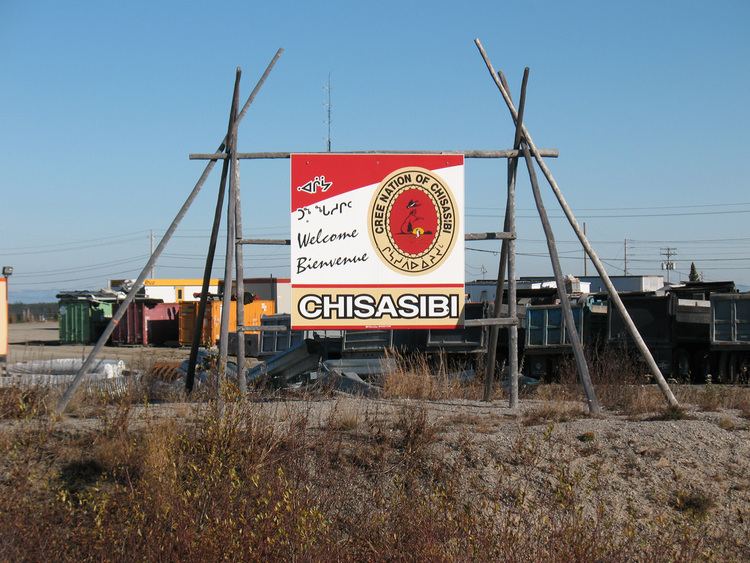 | ||
Weather -14°C, Wind SE at 24 km/h, 64% Humidity | ||
A visit to the cree nation of chisasibi
Chisasibi (Cree: ᒋᓵᓰᐲ/Cisâsîpî meaning Great River) is a village on the eastern shore of James Bay, in the Eeyou Istchee territory in northern Quebec, Canada. It is situated on the south shore of La Grande River (the Grand River), less than 10 km (6.2 mi) from the river's mouth. Chisasibi is one of nine Cree villages in the region, and is a member of the Grand Council of the Crees of Quebec. The territory surrounding Chisasibi is part of the Municipality of Baie-James, of which parts are jointly managed with the Cree Regional Authority.
Contents
- A visit to the cree nation of chisasibi
- Chisasibi 2015 walk through town
- History
- Climate
- The Cree Nation of Chisasibi
- Demographics
- Languages
- References
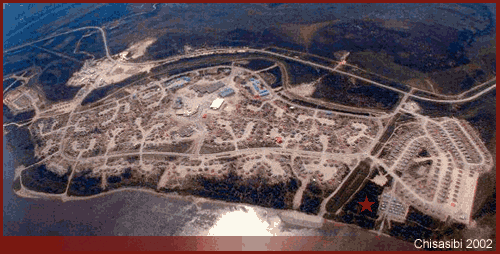
The surface area of the town is 491.63 square kilometres (189.82 sq mi). The surface area of Chisasibi Cree Territory Category I Land (land exclusively for Cree use) is 828.18 square kilometres (319.76 sq mi).

Chisasibi 2015 walk through town
History
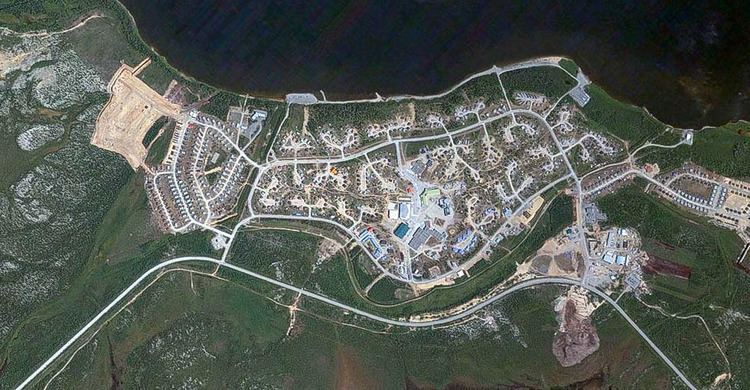
The Cree have lived in the region for many centuries but were nomadic. In 1803, the Hudson's Bay Company founded Fort George, a trading post on the north shore which was relocated to the largest island in the mouth of La Grande River in 1837. Fort George became a permanent village as the local Cree population abandoned their nomadic way of life in the early 20th century and settled nearby. In 1940, its population was about 750 and grew to almost 2,000 in 1980.
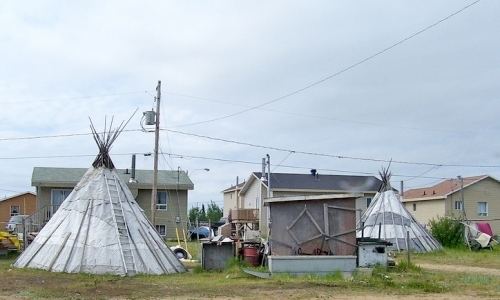
In the mid 1970s, the construction of the James Bay hydro-electric project began, diverting upstream rivers into La Grande watershed, increasing its flow significantly, resulting in erosion of Fort George Island (also called Governor's Island) and disruption to the formation of a solid ice cover in winter. In response, the Quebec Government built a new community on the mainland's south shore, relocating the population and some 200 houses to the new site in 1981. The village was renamed Chisasibi (official name: Cree Nation of Chisasibi). At the same time, the Fort George Relocation Corporation was formed to oversee the relocation.
Climate
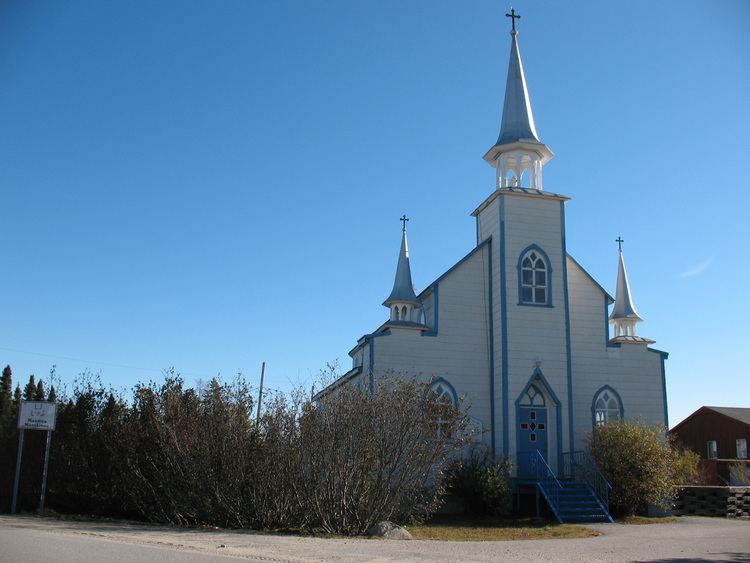
Chisasibi has a subarctic climate (Köppen Dfc), typical of the central latitudes of Québéc, with very cold and snowy winters and mild, rainy summers.
The Cree Nation of Chisasibi
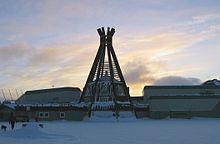
Chisasibi is the most northern Cree village accessible by road. A 90 kilometre paved road, running from Radisson, and parallel to the Grand River, connects Chisasibi to the James Bay Road (French: Route de la Baie James). The James Bay Road (formerly part of Route 109) was built from 1971 to 1974 as part of the James Bay hydroelectric project and connects Matagami to Radisson. Chisasibi Airport is located just west of the village and Air Creebec operates scheduled service from this airport. Though this is the most northern village, this is not where the road ends. From LG-1 (Grand River hydrogeneration station), the road continues north to a location called Longue Pointe (Long Point). It is the farthest one can go by road east of the Hudson Bay.
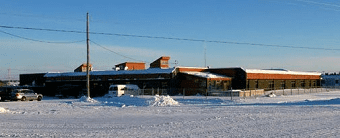
Many Cree in Chisasibi engage in hunting, trapping, and fishing activities but all catch is meant for local consumption. Other economic activity includes local services (health care and education), employment by Hydro-Québec and some hospitality services. An elected Chief and Council help administer the Cree Nation of Chisasibi Office.
Other Cree villages near Chisasibi are Whapmagoostui, 200 kilometres (120 mi) to the north in Nunavik, on the eastern shore of Hudson Bay near the Northern village of Kuujjuarapik, and Wemindji, about 100 kilometres (62 mi) to the south.
Demographics
The population of Chisasibi comprises approximately 4000 Cree, about 250 Inuit, and 300 non-native people. Statistics Canada's 2011 Census shows a total population of 4,484. 2006 Census shows the Median age of the population is 24.1 years old, the percentage of the population aged 15 and over is 66.2, and the total number of census families was 960.
Population growth:
Total private dwellings (excluding seasonal cottages): 788 (total: 885)
Languages
Cree and Inuit are spoken as the first language in Chisasibi, in addition to English, as a primary language for official dealings. Only 7.8% of the residents of Chisasibi speak one or both of the official languages as a mother tongue. There has been criticism of the Quebec language policy with respect to native languages, particularly Cree, many related to Hydro-Québec's hydroelectric dam project in the James Bay region.
Mother tongues:
